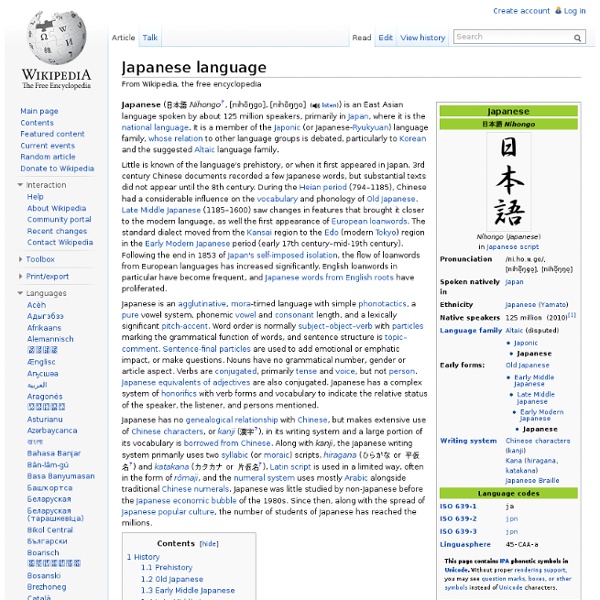Bugatti – The World Fastest And Expensive Car – 5
Dynamics in numbers. The new Bugatti Veyron 16.4 Grand Sport Vitesse boasts a remarkable maximum torque of 1,500 Nm (at 3,000–5,000 rpm) from the 7.9-liter capacity of its W16 engine. The maximum output (1,200 hp) is reached at 6,400 rpm. For More Photos of Bugatti >> Spread your love!
Southern Europe
Southern Europe is the southern region of the European continent. Most definitions of Southern Europe, also known as Mediterranean Europe, include Italy, Spain, Greece, Portugal, Andorra, Vatican City, San Marino, Gibraltar, Corsica, and Malta. It also often includes Croatia, Bosnia and Herzegovina, Montenegro, Albania, Slovenia, the East Thrace of European Turkey, and Cyprus, though these countries may fall under different regional definitions as well. Geographic features of Southern European countries surrounding the Mediterranean Sea European subregions according to Eurovoc (the thesaurus of the European Union). Different methods can be used to define Southern Europe, including its political, economic, and cultural attributes. Politically, seven of the Southern European states form the EU Med group. Geography[edit] Geographically, Southern Europe is the southern half of the landmass of Europe. Climate[edit] Flora[edit] The European floristic regions Population[edit] History[edit]
Kana
Japanese syllabic writing systems Katakana, with a few additions, are also used to write Ainu. A number of systems exist to write the Ryūkyūan languages, in particular Okinawan, in hiragana. Taiwanese kana were used in Taiwanese Hokkien as glosses (ruby text or furigana) for Chinese characters in Taiwan when it was under Japanese rule. Due to the limited number of phonemes in Japanese, as well as the relatively rigid syllable structure, the kana system is a very accurate representation of spoken Japanese. Etymology[edit] 'Kana' is a compound of kari (仮, 'borrowed; assumed; false') and na (名, 'name'), which eventually collapsed into kanna and ultimately 'kana'.[2] As the name suggests, 'kana' were "false" kanji due to their purely phonetic nature, as opposed to mana (真名) which were "true" kanji used for their meanings. Terms[edit] Although the term 'kana' is now commonly understood as hiragana and katakana, it actually has broader application as listed below:[2] Hiragana and katakana[edit]
cars
Southeast Asia
Subregion of the Asian continent The region lies near the intersection of geological plates, with both heavy seismic and volcanic activities.[6] The Sunda Plate is the main plate of the region, featuring almost all Southeast Asian countries except Myanmar, northern Thailand, northern Laos, northern Vietnam, and northern Luzon of the Philippines. The mountain ranges in Myanmar, Thailand, and Peninsular Malaysia are part of the Alpide belt, while the islands of the Philippines are part of the Pacific Ring of Fire. Both seismic belts meet in Indonesia, causing the region to have relatively high occurrences of earthquakes and volcanic eruptions, particularly in the Philippines and Indonesia.[7] It covers about 4,500,000 km2 (1,700,000 sq mi), which is 10.5% of Asia or 3% of Earth's total land area. Southeast Asia was home to one of the few regions across Eurasia that did not get subsumed by the Mongol Empire. Definitions[edit] States and regions of Southeast Asia Political divisions[edit]
Chinese characters
logographic writing system used in the Sinosphere region Chinese characters (simplified Chinese: 汉字; traditional Chinese: 漢字; pinyin: hànzì; literally: 'Han characters') are logograms developed for the writing of Chinese.[2][3][4] They have been adapted to write a number of other Asian languages. They remain a key component of the Japanese writing system where they are known as kanji. Chinese characters constitute the oldest continuously used system of writing in the world.[5] By virtue of their widespread current use in East Asia, and historic use throughout the Sinosphere, Chinese characters are among the most widely adopted writing systems in the world by number of users. Chinese characters number in the tens of thousands, though most of them are minor graphic variants encountered only in historical texts. Unlike an alphabet, a character-based writing system associates each logogram with an entire sound and thus may be compared in some aspects to a syllabary. Function[edit] Rebus[edit]
Understand your online social capital
Learn Japanese – Tae Kim's Guide to Learning Japanese
Man'yōgana
System of writing Japanese based solely on Chinese characters Man'yōgana (万葉仮名, 万葉がな, Japanese pronunciation: [maɰ̃joꜜːɡana] or [maɰ̃joːɡana]) is an ancient writing system that employs Chinese characters to represent the Japanese language, and was the first known kana system to be developed as a means to represent the Japanese language phonetically. The date of the earliest usage of this type of kana is not clear, but it was in use since at least the mid-seventh century. The name "man'yōgana" derives from the Man'yōshū, a Japanese poetry anthology from the Nara period written with man'yōgana. Though texts using this system also often use Chinese characters for their meaning, man'yōgana refers only to such characters when used to represent a phonetic value. Simplified versions of man'yōgana eventually gave rise to both the hiragana and katakana scripts used in Modern Japanese.[2] Origin[edit] Principles[edit] Types[edit] Development[edit] Development of hiragana from man'yōgana See also[edit]



